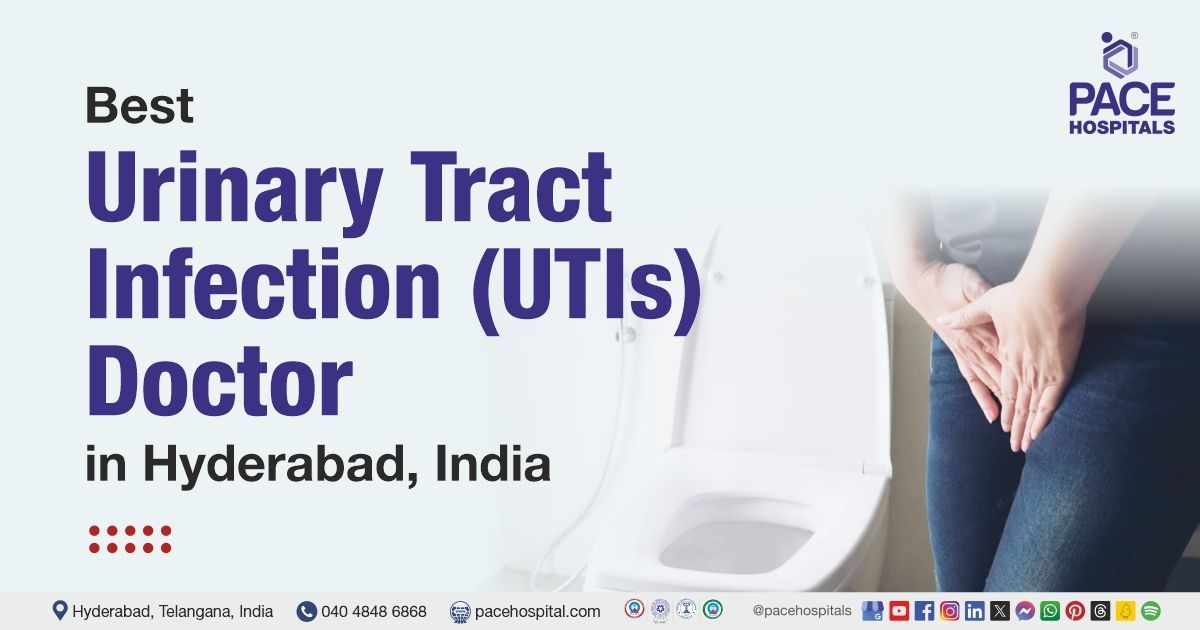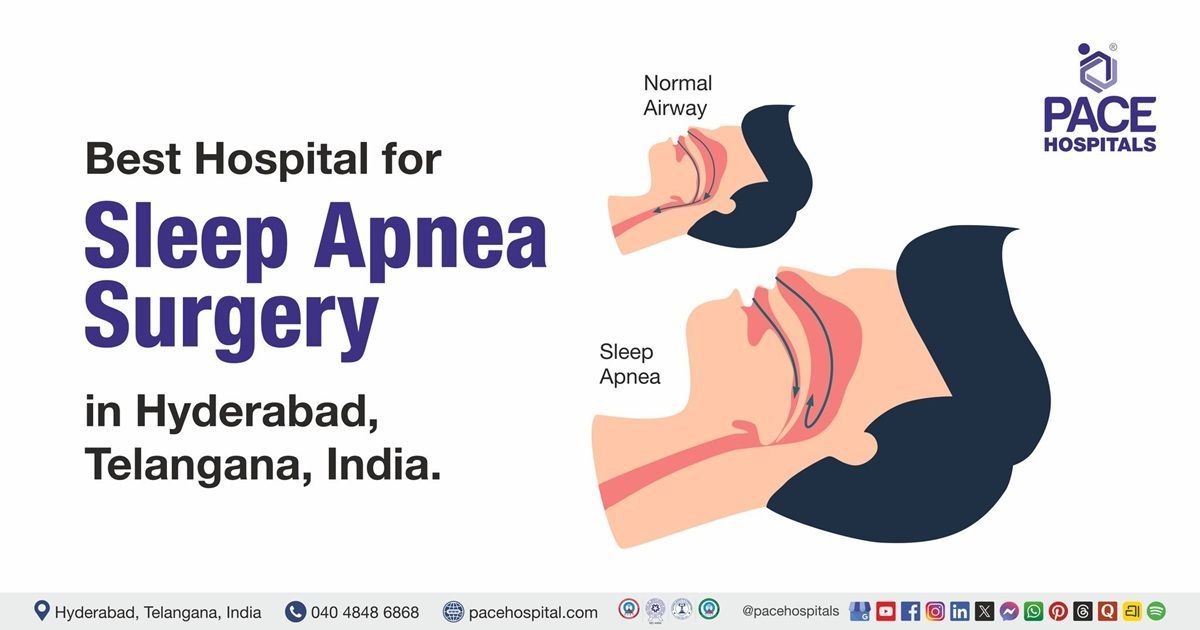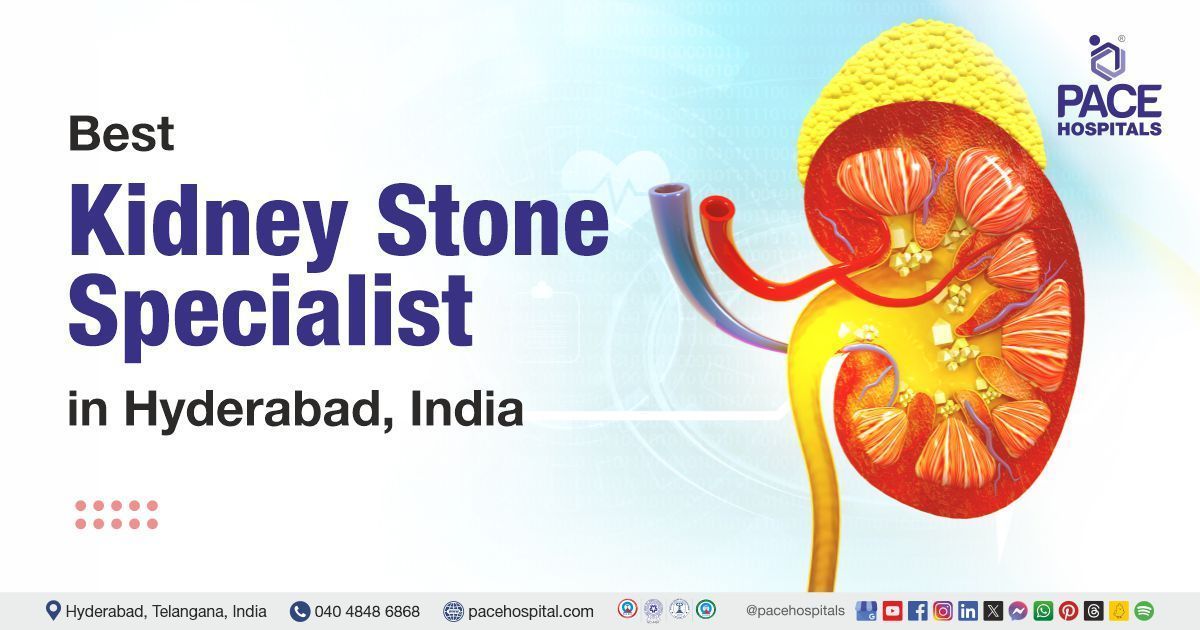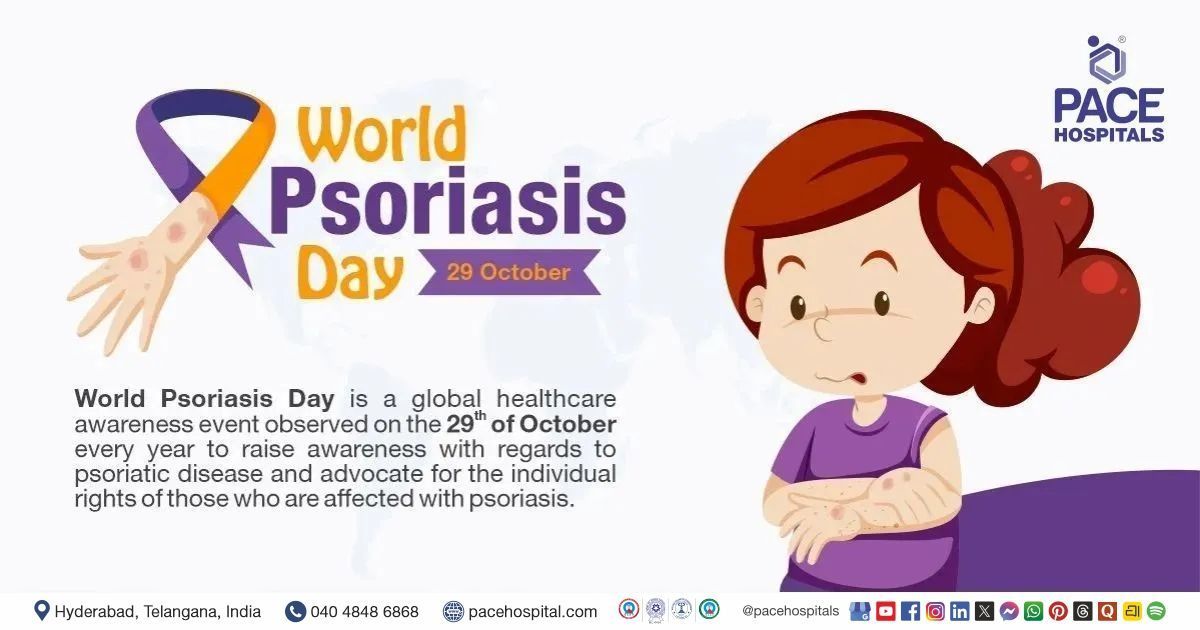Laparoscopic Heller’s Cardiomyotomy with Anterior Fundoplication Explained
Introduction
Difficulty in swallowing food, chest discomfort after eating, and regurgitation of undigested food are hallmark symptoms of a condition called achalasia cardia — a rare disorder where the lower esophageal sphincter (LES) fails to relax properly. This prevents food and liquids from passing smoothly into the stomach.
At PACE Hospitals Hyderabad, our Gastrointestinal and Laparoscopic Surgery team provides cutting-edge, minimally invasive treatment for achalasia through Heller’s Cardiomyotomy with Anterior Partial Fundoplication. This combination of procedures effectively relieves symptoms, improves swallowing, and prevents reflux — offering a durable and life-changing solution for patients suffering from this chronic esophageal condition.
Understanding Achalasia Cardia
The esophagus is the muscular tube that carries food from the mouth to the stomach. At the lower end, the lower esophageal sphincter (LES) acts like a valve, relaxing during swallowing to allow food passage and contracting to prevent acid reflux.
In achalasia, this valve remains abnormally tight and the esophageal muscles lose coordinated movement (aperistalsis). This causes:
- Difficulty in swallowing (dysphagia)
- Regurgitation of food or saliva
- Chest pain or discomfort
- Weight loss
- Coughing at night due to aspiration
The disease progresses gradually and may lead to a dilated, tortuous esophagus over time.
Diagnosis of Achalasia at PACE Hospitals
Our specialists use advanced diagnostics to confirm the diagnosis and assess esophageal function:
- Upper GI Endoscopy: To rule out mechanical obstruction or cancer.
- Esophageal Manometry: The gold-standard test to measure LES pressure and muscle coordination.
- Barium Swallow (X-ray): Shows a characteristic “bird’s beak” appearance.
- CT or MRI Chest: To evaluate secondary causes or complications.
What Is Heller’s Cardiomyotomy?
Heller’s Cardiomyotomy is a laparoscopic surgical procedure that involves cutting the tight muscle fibers of the lower esophageal sphincter to relieve obstruction and restore normal swallowing.
However, this myotomy can lead to acid reflux if not combined with an anti-reflux procedure. That’s why surgeons perform Anterior Partial Fundoplication immediately after — wrapping a part of the stomach around the lower esophagus to prevent reflux.
Together, these procedures balance esophageal relaxation and reflux control, restoring the natural swallowing mechanism.
Surgical Overview: Step-by-Step Procedure
At PACE Hospitals, this procedure is performed using advanced 3D laparoscopic and high-definition visualization systems to ensure precision and safety.
Step 1 – Anesthesia and Positioning
The patient is placed under general anesthesia in a supine position with legs apart (French position). This allows full access to the upper abdomen.
Step 2 – Port Placement
Four to five small incisions (5–10 mm) are made for inserting the laparoscopic camera and specialized instruments.
Step 3 – Exposure of the Esophagus
The surgeon carefully exposes the lower esophagus and upper stomach by dividing small attachments and clearing surrounding fat pads.
Step 4 – Performing the Cardiomyotomy
The tight circular muscle fibers of the lower esophageal sphincter are divided longitudinally for 6–8 cm — 2 cm above and 4–6 cm below the gastroesophageal junction — until the mucosa is visible.
This relieves the obstruction, allowing food to pass freely into the stomach.
Step 5 – Anterior Partial Fundoplication (Dor’s Fundoplication)
A partial wrap of the stomach fundus is sutured over the exposed mucosa to:
- Protect the myotomy site from acid injury.
- Prevent postoperative reflux.
- Support the esophageal wall mechanically.
Step 6 – Closure and Recovery
After checking for leaks, the instruments are removed, and small incisions are closed with absorbable sutures. The entire procedure typically takes 90–120 minutes.
Advantages of Laparoscopic Heller’s Cardiomyotomy with Fundoplication
| Parameter | Laparoscopic Approach | Open Surgery |
|---|---|---|
| Incision size | 5–10 mm (keyholes) | 10–15 cm incision |
| Recovery time | 2–3 days hospital stay Minimal | 7–10 days hospital stay |
| Pain and scarring | Minimal | Moderate to severe |
| Return to work | Within 2 weeks | 4–6 weeks |
| Reflux control | Excellent with fundoplication | Moderate |
| Cosmetic results | Superior | Visible scar |
This minimally invasive method has become the gold standard for achalasia surgery worldwide.
Postoperative Care and Recovery at PACE Hospitals
After the surgery, patients are monitored in the Gastro-Surgical Recovery Unit for a few hours, followed by a short hospital stay.
Recovery Timeline:
- Oral liquids: Started on day 1.
- Soft diet: From day 2 onwards.
- Discharge: Typically within 2–3 days.
- Return to normal activity: Within 10–14 days.
Patients are advised to eat small, frequent meals and avoid carbonated drinks for the first few weeks. Long-term follow-up includes periodic check-ups and, if needed, endoscopic evaluation.
Possible Complications (and How PACE Hospitals Minimizes Them)
Although complication rates are low, potential issues can include:
| Complication | Description | PACE Hospitals Management |
|---|---|---|
| Mucosal perforation | Accidental tear during myotomy | Immediate laparoscopic repair |
| Acid reflux | Controlled by anterior fundoplication | Regular follow-up, PPIs if needed |
| Dysphagia recurrence | Rare, due to scarring or incomplete myotomy | Managed with dilation or revision surgery |
| Infection | Minor risk | Strict aseptic protocols |
With modern laparoscopy and intraoperative endoscopic guidance, complication rates are below 2–3% at PACE Hospitals.
Who Can Benefit from This Surgery?
This procedure is ideal for:
- Patients with primary achalasia cardia not responding to medications or endoscopic dilation.
- Young adults seeking durable long-term relief.
- Recurrent cases after failed balloon dilation or POEM (Peroral Endoscopic Myotomy).
- Patients with non-spastic esophageal motility disorders.
Cost of Heller’s Cardiomyotomy with Fundoplication at PACE Hospitals
| Procedure Type | Estimated Cost (INR) | Estimated Cost (USD) |
|---|---|---|
| Laparoscopic Heller’s Cardiomyotomy with Anterior Partial Fundoplication | ₹2,00,000 – ₹3,20,000 | $2,400 – $3,850 |
| Preoperative Evaluation & Imaging | ₹25,000 – ₹40,000 | $300 – $480 |
| Postoperative Stay & Medications | ₹15,000 – ₹30,000 | $180 – $350 |
Note: The final cost may vary based on patient condition, anesthesia requirements, and room preferences.
Cashless insurance and easy EMI options are available at PACE Hospitals.
Why Choose PACE Hospitals Hyderabad for Achalasia Treatment?
PACE Hospitals is a recognized Center of Excellence for Laparoscopic Gastrointestinal and HPB Surgery, offering world-class facilities for patients from India and abroad.
Key Features:
- Expert team of GI and laparoscopic surgeons trained in advanced esophageal surgeries.
- Use of 3D laparoscopy and intraoperative endoscopy for precision.
- Multidisciplinary care: Gastroenterology, anesthesia, nutrition, and physiotherapy.
- Minimal pain and quick recovery protocols.
- International patient support for consultation, travel, and stay.
PACE Hospitals ensures every achalasia patient receives personalized, evidence-based care — combining surgical expertise with compassionate recovery support.
FAQs on Heller’s Cardiomyotomy with Anterior Partial Fundoplication
Why is fundoplication added to this surgery?
Fundoplication prevents acid reflux after the myotomy by wrapping part of the stomach around the esophagus.
What is the success rate of laparoscopic Heller’s Cardiomyotomy?
Over 95% of patients experience long-term symptom relief and improved swallowing.
How long is the hospital stay after the surgery?
Most patients are discharged within 2–3 days, resuming normal diet and activity within 1–2 weeks.
Can this condition recur after surgery?
Recurrence is rare. If it happens, it can usually be managed with minor endoscopic procedures.
How much does Heller’s Cardiomyotomy cost in Hyderabad?
At PACE Hospitals, Hyderabad, heller’s cardiomyotomy costs between ₹2–3.2 lakh ($2,400–$3,850) depending on individual case complexity.
What is Heller’s Cardiomyotomy?
It’s a minimally invasive surgery to cut tight esophageal muscles at the lower end, allowing food to pass easily into the stomach.
Who needs Heller’s Cardiomyotomy with Fundoplication?
It’s advised for achalasia cardia patients who have persistent swallowing difficulty despite medication or balloon dilation.
Is the surgery safe for elderly patients?
Yes. With modern anesthesia and laparoscopy, the procedure is safe even for older adults with controlled comorbidities.
Will I need long-term medication after the surgery?
Usually no, except for short-term antacids. Regular follow-up ensures optimal recovery.
Why choose PACE Hospitals for Achalasia treatment?
PACE offers advanced third space endoscopic techniques (POEM), laparoscopic expertise, 3D imaging, experienced GI surgeons, and compassionate multidisciplinary care.
Share on
Request an appointment
Fill in the appointment form or call us instantly to book a confirmed appointment with our super specialist at 04048486868











